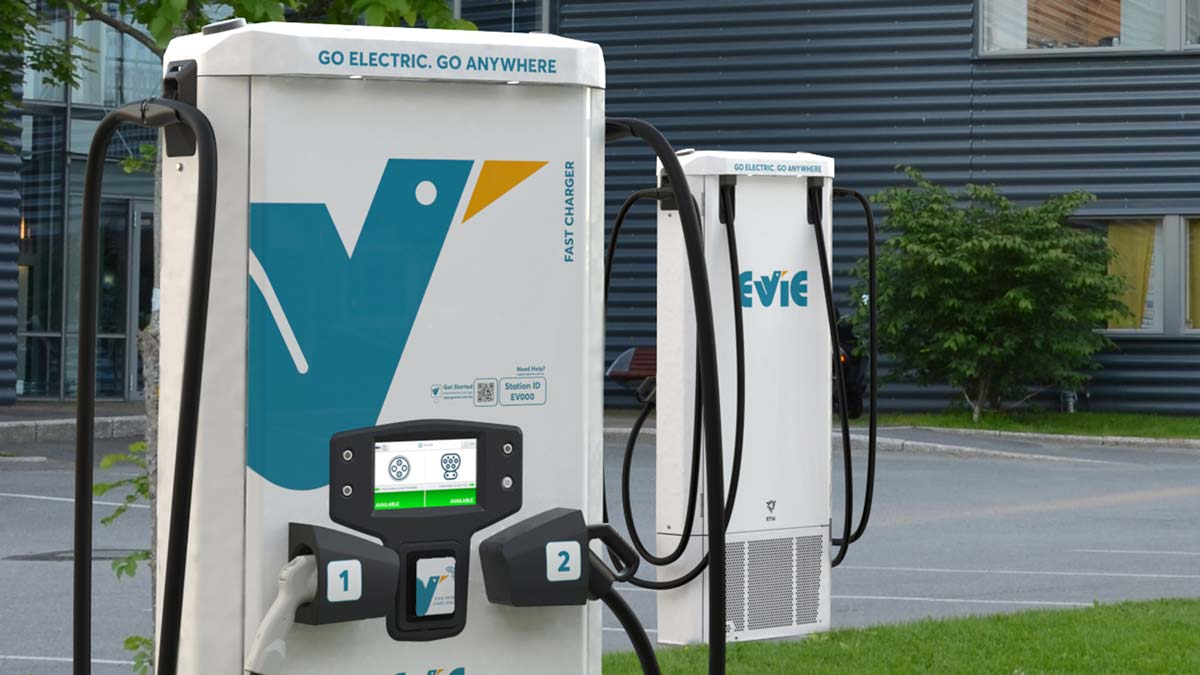Candleflame
Active Member
I've seen the preheating message come up more than half an hour out from a charger. Was in the winter, first leg of the trip, and didn't appear to have affected consumption, near as I could tell.
What I have noticed more is that consumption was really high after supercharging, gradually dropping back to a normal level over quite some distance, like 150km. I normally get about 140-something Wh/km consumption on the highway (SR+), but after supercharging I noticed it was over 200 briefly, dropped to 190 fairly quickly and then just very slowly decreased back to 150-ish. I might guess that the batteries are being cooled by the refrigeration (/heat pump /AC) system because they're hot after supercharging, but without an ODBC dongle I am only guessing. This effect was most evident (and above numbers) in summer but I still saw the same thing to a lesser degree in the winter. And no elevation changes were near nil and braking was not a factor (highway Mel-Adel). Will try to photo the energy graph next time.
In terms of the 50kW charger discussion I usually see low-40s at these chargers. Sometimes use the Horsham 50kW units (Chargefox) because we're stopping there for lunch anyway.
if you just leave, and supercharge after 20min or so then the battery may be cold and the car will try to heat it to 45C. With newer Model 3s the issue may be worse as you have a cold battery and put your heat pump on so all the heat immediately gets used to heat the cabin - so your battery struggels to reach operating temperature. The issue gets further made worse by you preheating the battery for supercharging but the car immediately using that heat too to warm the cabin.
Batteries dont run that hot during supercharging and certainly dont when being over 55-60%. The batteries have 3 modes - Cold, warm/operating temperature (45C), and hot (>45C or so where the battery is actively cooled). While you supercharge in low % the car puts the fans on to keep the battery at the operating temperature level or maybe just slightly above it. Possibly if you unplug the car at 50% and immediately drive off you may still have the cooling fans running for a a couple of minutes but you are kinda provoking this behaviour at that point....



